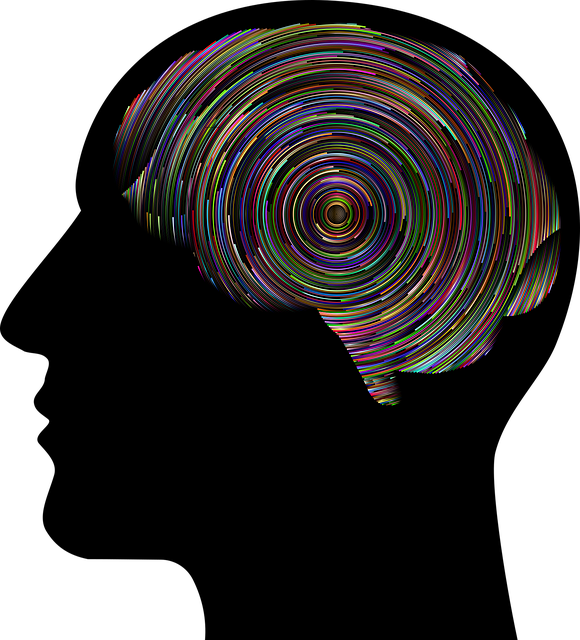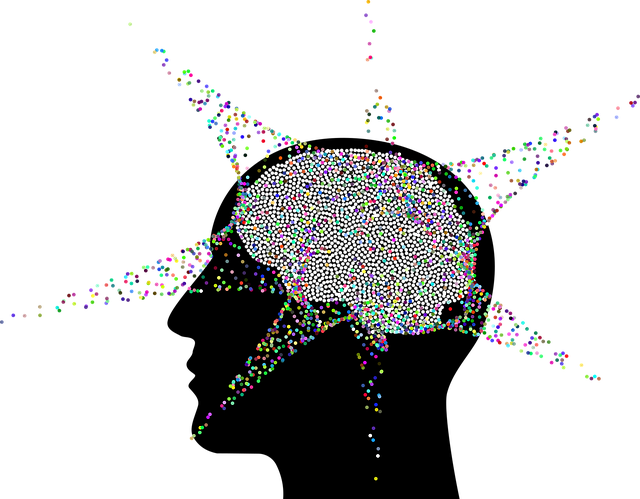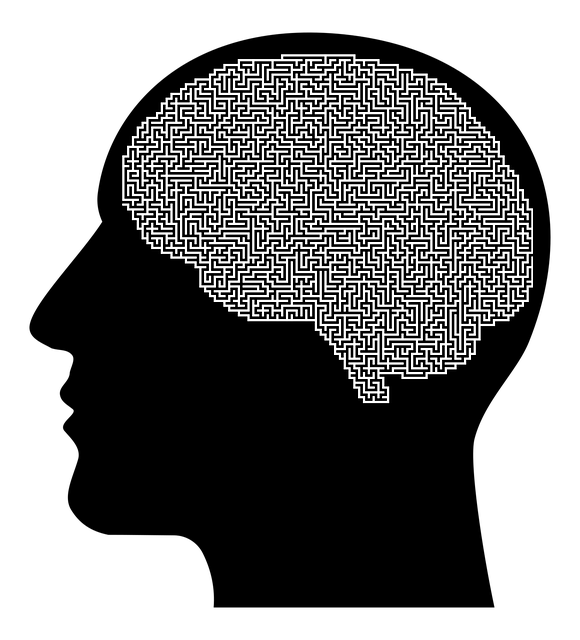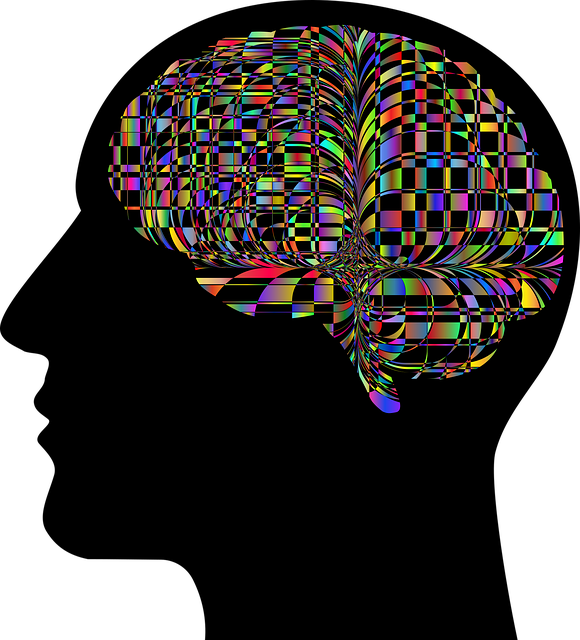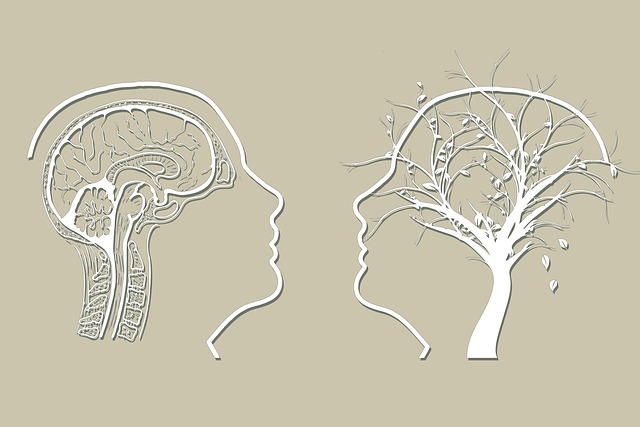TL;DR:
Early intervention through specialized therapy for young children with PTSD is vital to support their emotional well-being and development. Effective approaches like CBT, EMDR, play therapy, and art therapy help process traumatic memories and develop healthy coping mechanisms. Mental health policy advocacy ensures accessibility to resources while public awareness educates caregivers. Evaluating these programs uses both quantitative (symptom reduction metrics) and qualitative (interviews, observations) data for comprehensive risk management planning. Proven models like EMDR and TF-CBT, sensitive to cultural backgrounds, enhance efficacy. Implementing these programs requires structured routines, regular risk assessments, self-awareness exercises, positive thinking techniques, and robust evaluation methods.
Mental wellness programs for young children, particularly those dealing with post-traumatic stress disorder (PTSD), require robust evaluation methods. This article delves into crucial aspects of PTSD in young children and highlights the significance of early intervention for mental wellness. We explore various therapy program evaluation techniques, present successful case studies, and offer best practices for implementation and assessment. By understanding and measuring the effectiveness of therapy for young children with PTSD, we can enhance their recovery and overall well-being.
- Understanding Post-Traumatic Stress Disorder in Young Children
- The Importance of Early Intervention for Mental Wellness
- Evaluating Therapy Programs: Metrics and Measurement Techniques
- Case Studies: Successful Therapy Models for PTSD in Childhood
- Best Practices for Implementing and Assessing Mental Wellness Programs
Understanding Post-Traumatic Stress Disorder in Young Children

Post-Traumatic Stress Disorder (PTSD) is a significant mental health concern among young children, often resulting from traumatic events such as abuse, neglect, or accidents. Recognizing and understanding PTSD in this age group is crucial, as it can have long-lasting effects on their emotional well-being and development. Young children may not always exhibit typical symptoms of PTSD, such as flashbacks and nightmares, but they can experience challenges like aggression, anxiety, and difficulties with attention and self-regulation.
Effective therapy for young children with PTSD involves specialized approaches tailored to their age and developmental stage. Evidence-based treatments, including cognitive behavioral therapy (CBT) and eye movement desensitization and reprocessing (EMDR), have shown promise in helping these young individuals process traumatic memories and develop coping skills. Mental health policy analysis and advocacy play a vital role in ensuring that resources and services are accessible to young children affected by PTSD, while public awareness campaigns can help educate parents, caregivers, and communities about the signs and available support.
The Importance of Early Intervention for Mental Wellness

Early intervention plays a pivotal role in fostering mental wellness, especially for young children who have experienced post-traumatic stress disorder (PTSD). Identifying and addressing mental health concerns at an early stage is crucial as it can significantly impact a child’s long-term development and overall well-being. Therapy for young children suffering from PTSD involves specialized approaches tailored to their age and unique needs. These strategies often include play therapy, art therapy, and trauma-focused cognitive-behavioral therapy, which facilitate communication and help them process and manage traumatic memories effectively.
Effective intervention during these formative years not only aids in healing but also empowers children with essential coping mechanisms and resilience. Additionally, it has a profound impact on the development of healthy communication strategies, which are vital for trauma support services. Mental health policy analysis and advocacy further underscore the importance of early identification, ensuring that resources and services are accessible to those who need them most, thereby breaking down barriers to care and promoting positive mental health outcomes.
Evaluating Therapy Programs: Metrics and Measurement Techniques

Evaluating therapy programs for young children with post-traumatic stress disorder (PTSD) is a meticulous process that requires a multifaceted approach. Metrics and measurement techniques play a pivotal role in assessing the effectiveness and impact of therapeutic interventions. One key metric is the reduction in PTSD symptoms over time, which can be measured using standardized tools like the Child Trauma Checklist or the Impact of Event Scale-Revised. These tools quantitatively gauge emotional regulation skills, allowing for a clear understanding of the child’s progress.
Additionally, qualitative methods such as interviews and observations provide deeper insights into the child’s experience. Therapists can collect feedback from both children and their caregivers, capturing subjective reports of emotional well-being, relationship dynamics, and overall treatment satisfaction. Integrating these quantitative and qualitative data sources in mental wellness podcast series production enables comprehensive evaluation, facilitating evidence-based decision-making for risk management planning among mental health professionals.
Case Studies: Successful Therapy Models for PTSD in Childhood

Case studies have demonstrated several effective therapy models for treating post-traumatic stress disorder (PTSD) in young children. One prominent approach is the Eye Movement Desensitization and Reprocessing (EMDR) therapy, which has shown promising results in helping kids process traumatic memories. This therapy incorporates guided eye movements to stimulate the brain’s natural healing process, allowing children to work through their trauma in a safe environment.
Another successful model is trauma-focused cognitive behavioral therapy (TF-CBT), designed specifically for children and adolescents. TF-CBT combines elements of cognitive restructuring and behavioral activation techniques with trauma-specific interventions. By teaching coping strategies, improving emotional regulation skills, and challenging negative thoughts associated with the traumatic event, this approach empowers young individuals to manage their PTSD symptoms effectively. The integration of cultural sensitivity in mental healthcare practice and empathy building strategies within these therapies further enhances their efficacy, ensuring that each child receives personalized care tailored to their unique needs and backgrounds.
Best Practices for Implementing and Assessing Mental Wellness Programs

Implementing and assessing mental wellness programs requires a structured yet flexible approach. Best practices involve integrating evidence-based therapies, such as those tailored for young children with post-traumatic stress disorder (PTSD), into daily routines. Regular risk assessments for mental health professionals are essential to ensure safe and effective delivery of these programs. Self-awareness exercises can help educators and caregivers better understand their own emotional responses, fostering an environment conducive to healing.
Additionally, promoting positive thinking through optimistic affirmations and coping strategies enhances the overall well-being of both participants and practitioners. Regular evaluation methods, including pre-post surveys and ongoing feedback mechanisms, are crucial for gauging program effectiveness. These assessments should capture improvements in mental health symptoms, increased resilience, and enhanced social-emotional skills. By combining robust evaluation techniques with a holistic, compassionate approach, mental wellness programs can optimally support young minds navigating trauma.
Evaluating mental wellness programs, particularly those focused on therapy for young children with Post-Traumatic Stress Disorder (PTSD), requires a multifaceted approach. By combining qualitative and quantitative metrics and measurement techniques, we can ensure that interventions are effective, accessible, and tailored to the unique needs of each child. Integrating successful therapy models, as showcased in case studies, provides valuable insights into best practices. Ultimately, a comprehensive understanding of PTSD in young children, coupled with early intervention strategies, empowers us to significantly improve their mental wellness outcomes.

